Story and photos by Anita Westervelt, Texas Master Naturalist
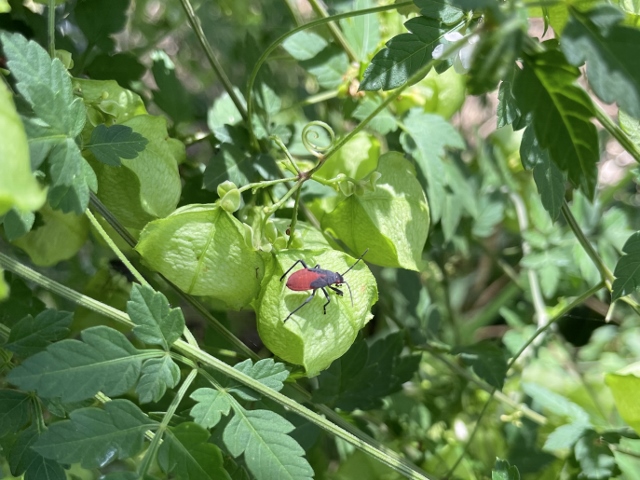
“An estimated 75 percent of flowering plants require a pollinator — one-third of those species provide humans with food,” according to Texas Parks and Wildlife Department Interpreter and Texas Nature Trackers Biologist Craig Hensley.
The 2021 Texas Pollinator BioBlitz began October 1 and will continue through October 17. Hensley has been promoting the project and inviting Texas residents to join this citizen scientist project. The plants used and pollinators that use them are the focus of this annual project. For a list of taxa, visit https://www.inaturalist.org/projects/2021-texas-pollinator-bioblitz; sign up or sign in under www.iNaturalist.org.
Approximately one in three bites of food or drink require a pollinator, Hensley noted in his presentation. Pollination is the movement or transfer of pollen from the anther of one flower to the stigma of another or the same flower — within a species. Its goal is to produce new seeds for maintaining the species.
Bees are generally what most people consider pollinators. They are indicator species meaning healthy pollinator populations equal healthy ecosystems. Other pollinators are important to the habitat, too. Wasps, flies, beetles, butterflies, moths, bats, ants and hummingbirds do their fair share of pollinating plants.
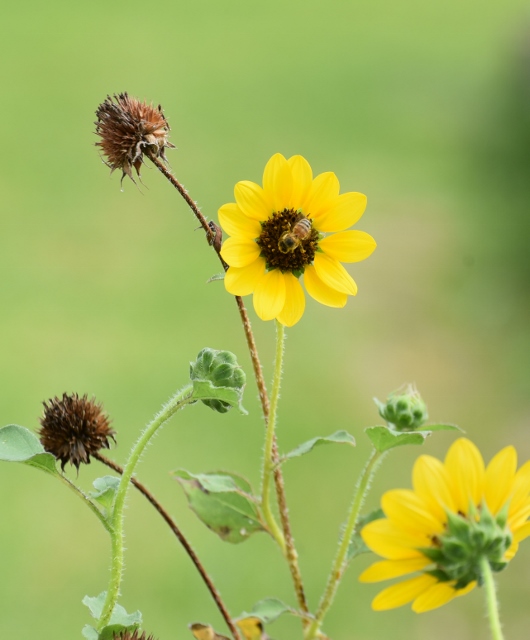
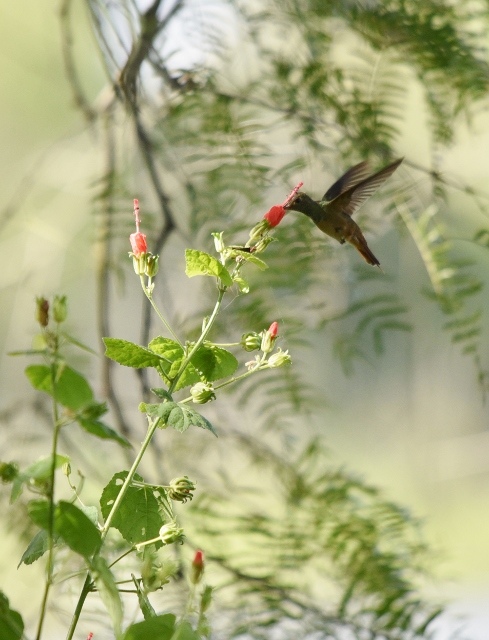
Rodents, lizards, geckos, skinks and opossums also are thought to contribute to pollination. If you’ve ever watched an opossum shuffle around a garden at twilight, it’s certainly possible to realize there is a transfer of pollen going on. Small pollinators include slugs, gnats and true bugs (Hemiptera), according to information on U.S. Department of Agriculture sites.
“Ultimately, it all relates to habitat. In order for birds, mammals and the other array of wildlife to thrive, we need pollination services,” Hensley said.
What’s important in our gardens this fall that will attract pollinators here in the Valley?
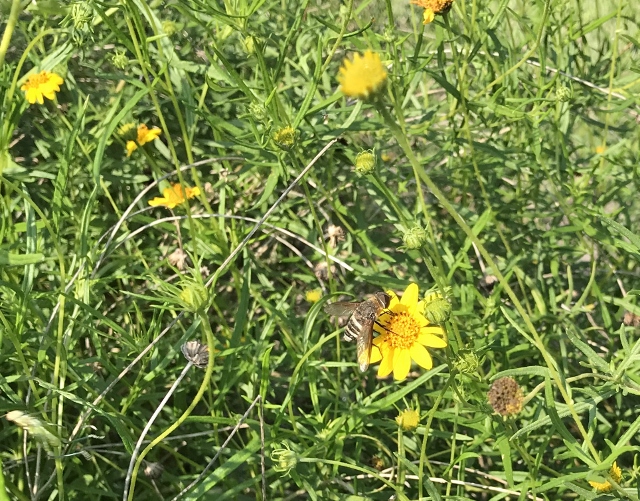
“Composites are ideal for pollinators,” Hensley attests — “including for monarchs! Composite flowers provide loads of pollen for bees and beetles and provide quantities of nectar in one flower head.” Many composites have two types of flowers: the ray part — like the yellow petals of a sunflower, and the second type, the small tube-like flowers clustered together making a disc shape, like a sunflower’s brown center.
The bioblitz challenge is to spend time outdoors, study plants that are blooming now and photograph the bugs and insects found on the blooms. Upload photos using the iNaturalist phone app or online at www.iNaturalist.org.
“One of the best nectar sources for fall migrating monarchs,” according to Craig, “is frostweed.” Our Valley species is Verbesina microptera.Other popular Valley composite flowers where you can study bugs, bees and butterflies include skeleton leaf golden eye (Viguiera stenoloba); common sunflower (Helianthus annuus); seaside goldenrod (Solidago sempervirens); and crucita, also called fall-blooming mistflower (Chromolaena odorata).
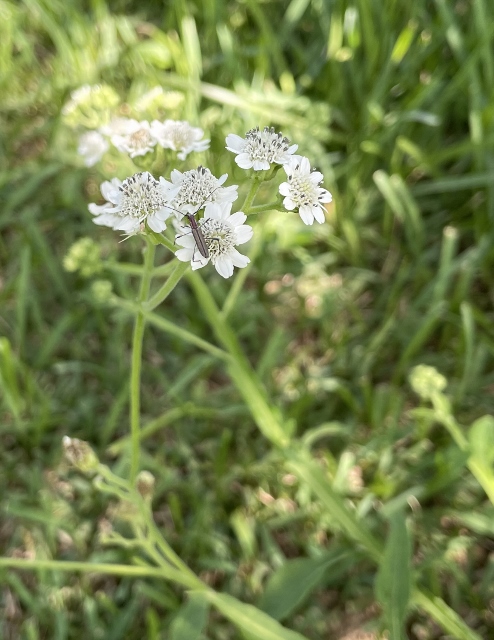
Although not composite blooms, don’t overlook Runyon’s violet wild petunia, (Ruellia nudiflora); Texas frog fruit (Phyla nodiflora); scorpion’s tail (Heliotropium angiospermum); and common balloon vine (Cardiospermum halicacabum), which is always good for some bugs, bees and butterflies. Turk’s cap (Malvaviscus drummondii) is a Valley specialty adored by hummingbirds, and visited by butterflies, beetles and Mexican carpenter bees.
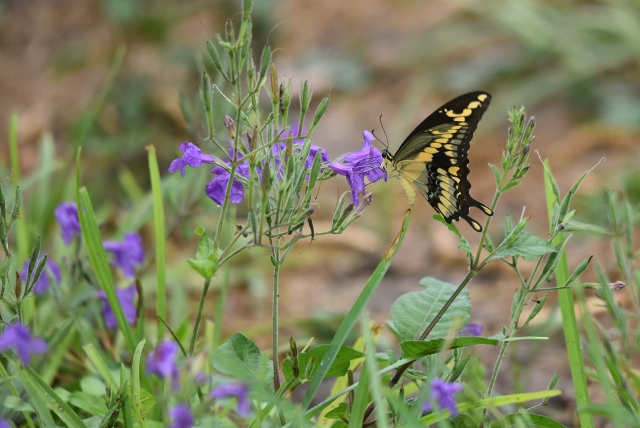
– 30 –